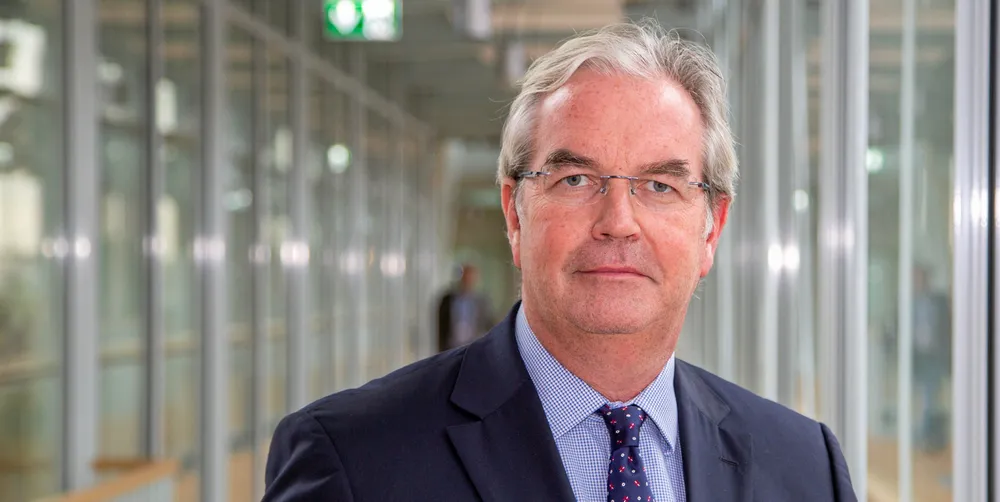Uniper plans green hydrogen hub instead of LNG terminal at German North Sea port
Unit of Finnish utility Fortum plans import terminal, ammonia cracker and large electrolyser to produce green H2 in Wilhelmshaven

Unit of Finnish utility Fortum plans import terminal, ammonia cracker and large electrolyser to produce green H2 in Wilhelmshaven
